Introduction
As parents, we are always looking for ways to foster our children's learning and development, especially during their early years. The Montessori method, developed by Maria Montessori, has gained popularity for its focus on hands-on learning and independence. One key element of this approach is the use of Montessori toys, which are designed to promote active learning and engage children's senses. In this article, we will explore the benefits of Montessori toys, factors to consider when choosing them, and the top 5 budget-friendly Montessori toys for various age groups that you can introduce to your child's learning environment at home.
Best budget-friendly Montessori toys for various age groups
Now, let's explore the top 5 budget-friendly Montessori toys for different age groups:
Infants (0-12 months)
- Sensory Toy: Textured shapes in different sizes and colors provide tactile stimulation and encourage grasping and rolling.
- Rattle and Teething Rings: Toys that incorporate sound and provide relief for teething can aid in sensory exploration and motor skill development.
- Stacking Cups: These toys help infants develop hand-eye coordination and problem-solving skills as they learn to stack and unstack the cups.
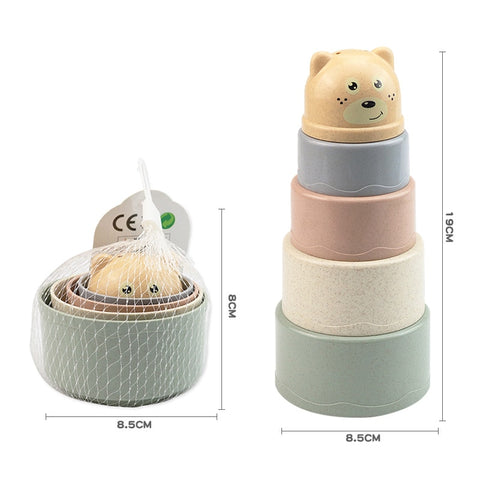 Toddlers (1-3 years)
Toddlers (1-3 years)
- Shape Sorter: A classic Montessori toy, a shape sorter helps toddlers develop their problem-solving abilities, hand-eye coordination, and shape recognition.
- Puzzle Sets: Simple wooden puzzles with large, chunky pieces are perfect for little hands to manipulate and develop their cognitive skills.
- Manipulative Toys: Toys like wooden blocks or threading beads promote fine motor skills, creativity, and spatial awareness.
- Preschoolers (3-5 years):
- Letters and Numbers: These toys introduce literacy and numeracy concepts in a fun and interactive way, allowing preschoolers to explore letters and numbers through play.
- Pattern Blocks: Pattern blocks encourage creativity, spatial reasoning, and pattern recognition as children arrange shapes to create their own designs.
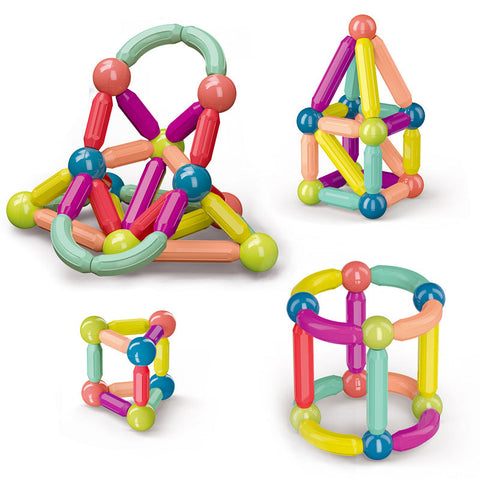
- Kindergarteners (5-6 years):
- Building Blocks: Construction sets with various shapes and sizes promote problem-solving, creativity, and spatial skills as children build structures and experiment with balance.
- Balance Board: A balance board encourages core strength, coordination, and imaginative play as children rock, balance, and engage in physical activity.
- Dress-Up Clothes: Dressing up in costumes allows kindergarteners to explore pretend play, develop social-emotional skills, and enhance their creativity.
- Primary Grades (6-9 years):
- Abacus: An abacus provides a hands-on way to introduce mathematical concepts, such as counting, addition, and subtraction.
- Science Kits: Budget-friendly science kits for children offer opportunities to explore the natural world, conduct simple experiments, and develop a love for science.
- Botany Puzzles: Montessori-inspired botany puzzles introduce children to different plant parts and foster an interest in nature and biology.
Tips for creating a Montessori-inspired learning environment at home
Aside from incorporating Montessori toys, you can create a Montessori-inspired learning environment at home with these tips:
-
Organize and simplify: Arrange toys and materials in an orderly manner, making them easily accessible to your child. Clear clutter and create a calm, inviting space.
-
Encourage independence: Foster your child's independence by providing child-sized furniture and tools that they can easily manage on their own.
-
Follow your child's interests: Observe your child's interests and provide materials and activities that align with their passions and curiosities.
-
Engage all senses: Offer a variety of sensory experiences by incorporating different textures, scents, and sounds into your child's learning environment.
-
Support real-life tasks: Involve your child in everyday activities, such as cooking or tidying up, to help them develop practical life skills and a sense of responsibility.
-
Rotate materials: Introduce new toys and materials periodically to keep your child engaged and curious. Rotate them in and out of their play area to maintain freshness.
Conclusion
Integrating Montessori toys and principles into your child's learning environment at home doesn't have to break the bank. By considering the benefits and factors to consider when choosing Montessori toys, and exploring budget-friendly options for various age groups, you can create an engaging and educational space for your child. Remember, the focus should be on hands-on learning, independence, and providing opportunities for your child to explore and discover the world around them.

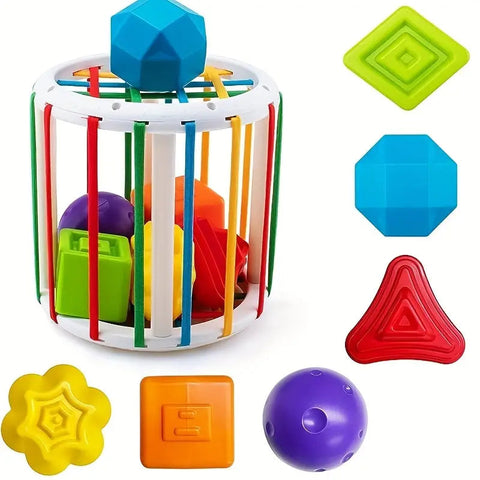
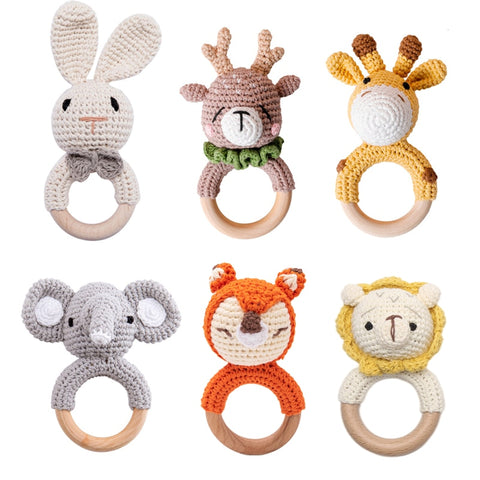
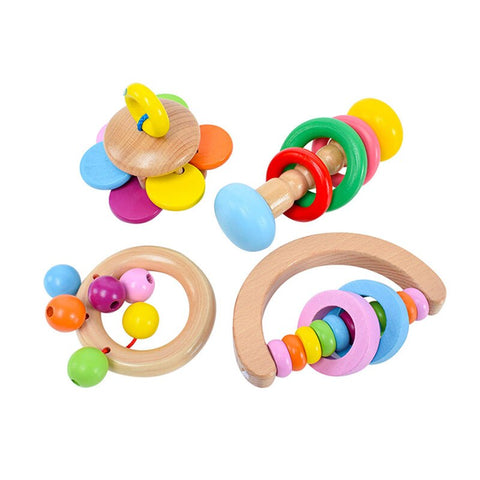
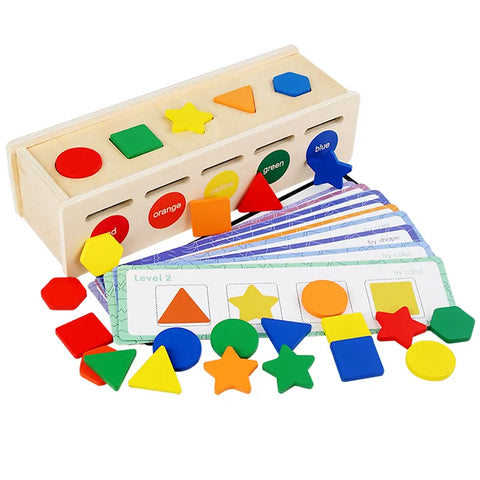

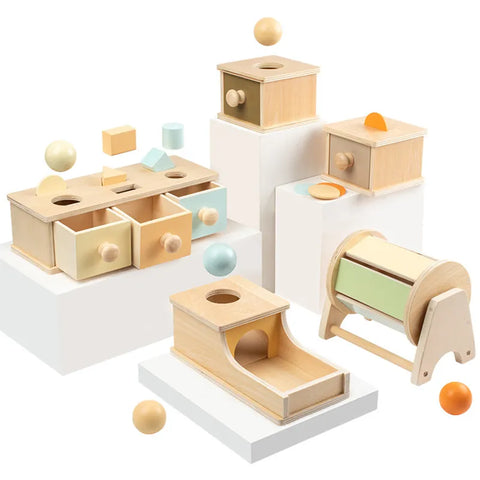
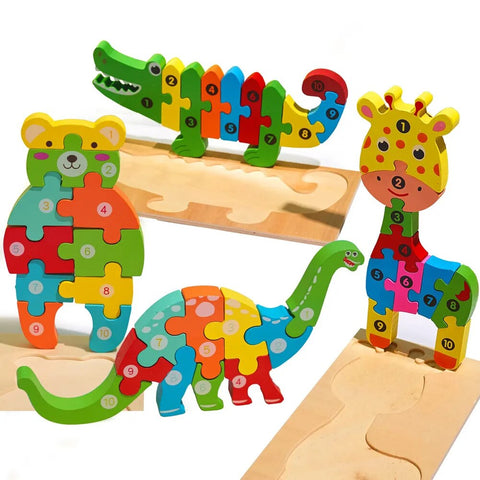








Leave a comment